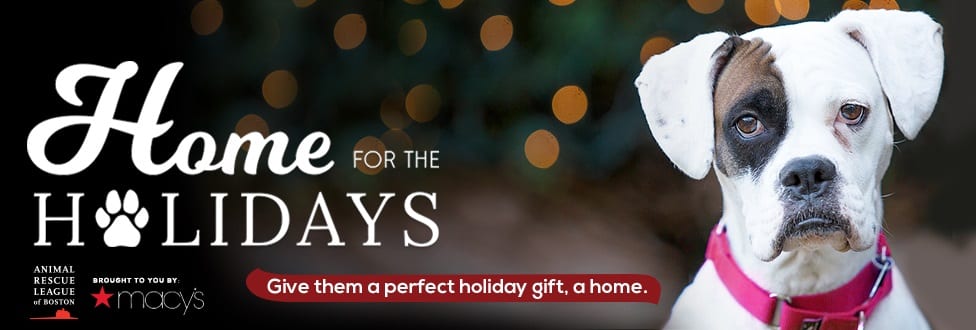Update: Stitch Continues to Receive Intensive Care
ARL and the Dedham Police Department’s Animal Control Division thank public for support
HAVE TIPS AND INFORMATION? Contact Dedham Animal Control at (781) 751-9106.
Stitch, the dog abandoned in the cold earlier this week in Dedham, Massachusetts, continues to receive intensive care from the Animal Rescue League of Boston (ARL).
Dedham animal control officer Jayson Tracy discovered the extremely emaciated dog and immediately contacted the ARL for help.
“Stitch is getting extensive medical assistance,” explains Dr. Erin Doyle, the ARL’s lead veterinarian for shelter veterinary services. “He’s still very weak and we are monitoring his condition very closely.”
The ARL also continues to assist the Dedham Police Department’s Animal Control Division in following-up on information provided by the public.
Stitch is a dilute brindle pit-bull-type dog that had no collar on when he was found near the Bridge Street area of Dedham. He is approximately 2 years of age.
We urge anyone with information about him to please contact Dedham animal control at (781) 751-9106.
IF YOU SEE SOMETHING, SAY SOMETHING….
Sadly, thousands of animals just like Stitch will suffer from abuse and neglect every year in Massachusetts. We all have a role to play in prevention and encourage urge the public to contact their local animal control officers anytime they suspect animal cruelty.
On behalf of everyone at the ARL, THANK YOU for the outpouring of support and information about Stitch.
DO YOU RECOGNIZE STITCH? Please contact Dedham Animal Control at (781) 751-9106.




























